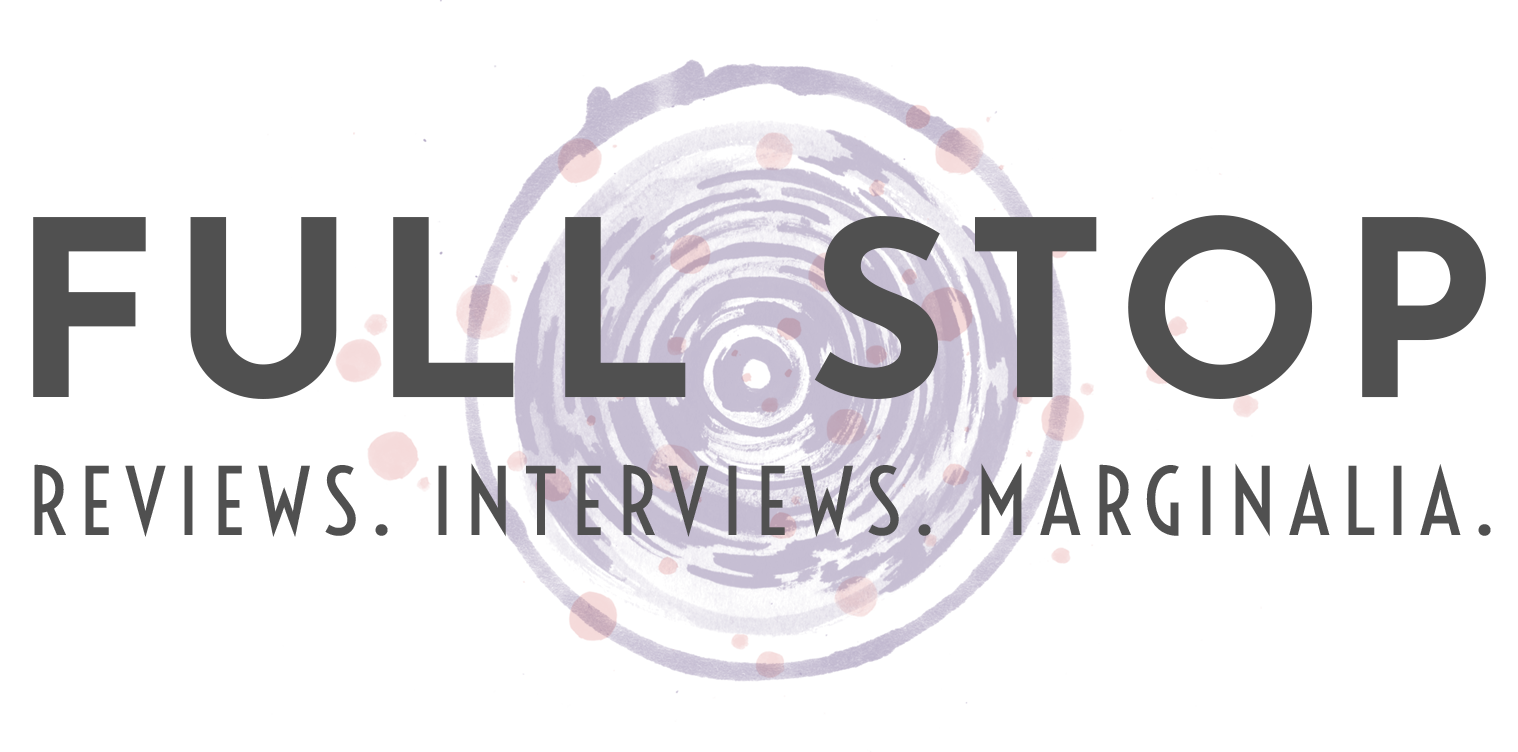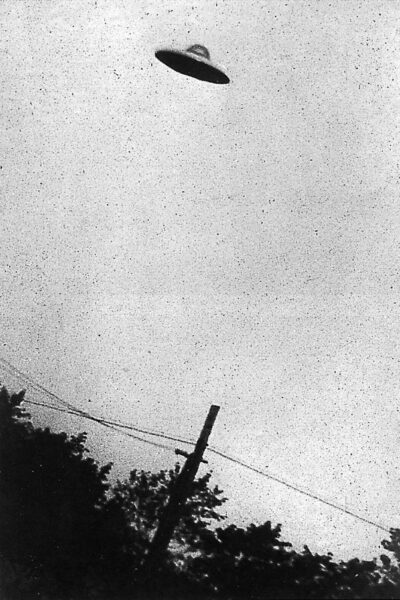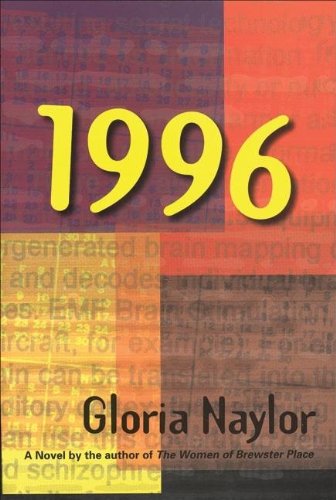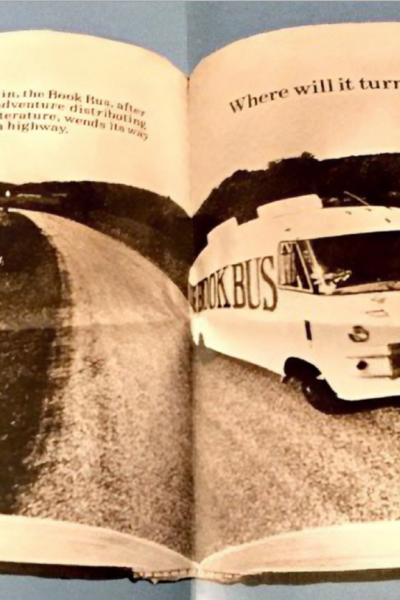As we look to philosophers, our sense of failure only grows in intensity.
The Gaddis I like best to think of is a God-haunted aristocrat. Thrown pearl-clutching into a fallen world, he gathers himself and understands it as his task to recognize what instances of the eternal still obtain, among things melted into air.
An Arc of Light Across the Cold War Sky
What began in 1947 as a largely hopeful movement defined by wonder, openness, and concern for mankind, plunged into the paranoia-fueled mire that skeptics had always assumed the UFO movement to be.
Paranoia as Resistance in Gloria Naylor’s 1996
Fake news, mass surveillance, and global pandemic aren’t mere tropes to explore the life of the mind. They are our everyday lives.
The First Book of Mary Norbert Korte: A Research
Her first book, Hymn to the Gentle Sun of 1967, was, in many ways, the catalyst for Korte’s transition from nun to radical poet.
Only now, fifty years after the formal end of the Brutalist movement, does it appear in the timeline of world architecture not so much as a steppingstone but as a stumbling block.
The End of the Road: The Last Great Road Bum by Héctor Tobar
If Walter Benjamin’s angel of history moved backwards, observing society’s wreckage but blind to its progress, the many avatars of Joe’s wandering generation saw the whole world blurry, victims of their own velocity.
Rollerball and Death Race 2000 may have been early entrants into diagnosing that dreadful feeling that accompanies the unbeatable supremacy of capitalism.
The bookmobile’s appropriation by the small press community, although on a relatively small scale, played a crucial role in forming independent publishing communities.
Imagining the mass strike and practically organizing it are one and the same activity.











